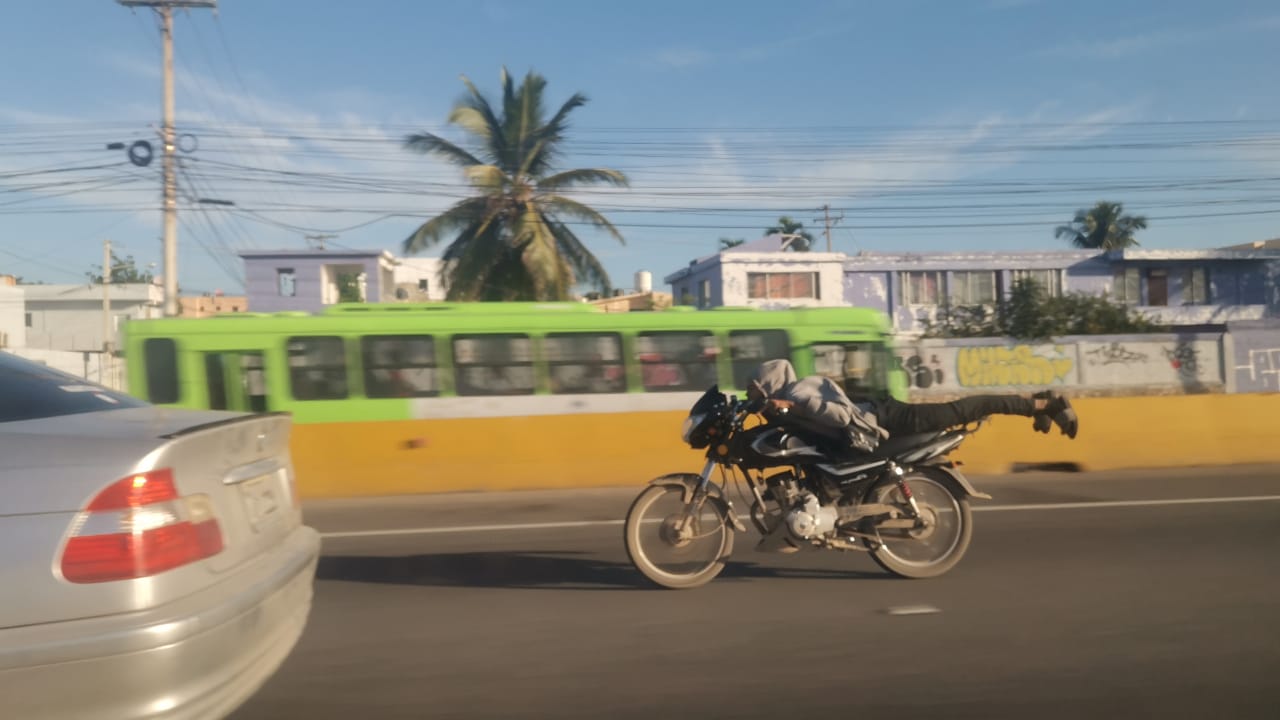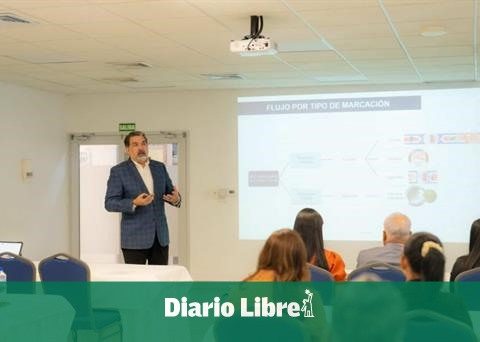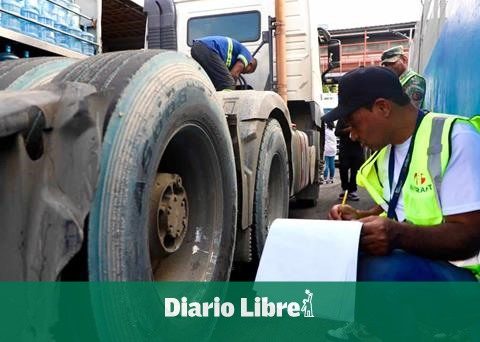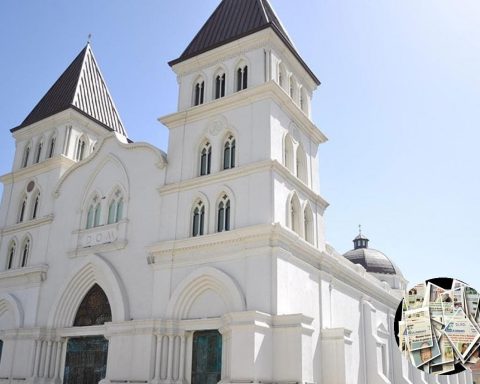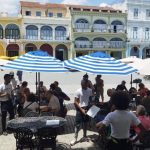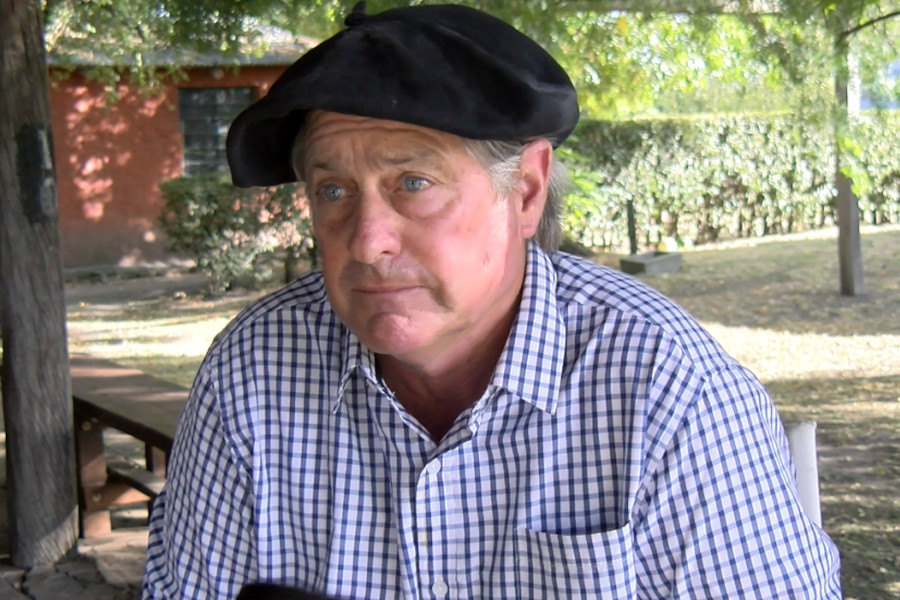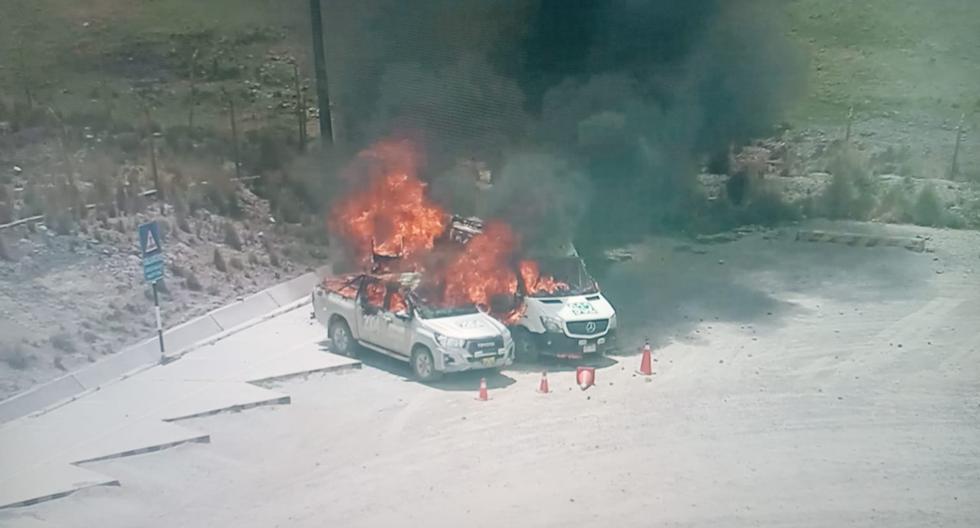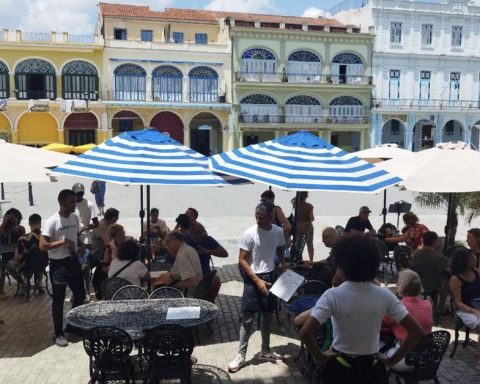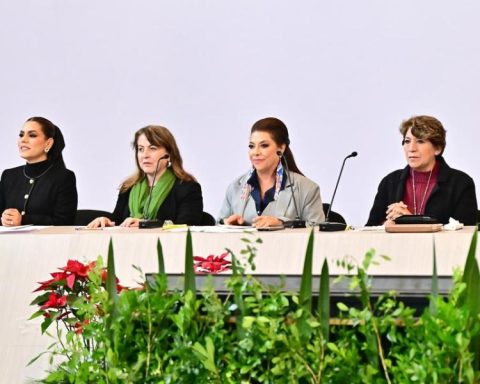In the Las Americas Highway, a young man under 30 years old, drives a motorcycle, but in an unusual way, lying on top of it (ironing, in a Dominican term), and with extreme speed. He wears light clothing, he does not wear a protective helmet and wears a hooded coat.
This is a scenario that is seen daily in the streets, avenues, highways and highways in the Dominican Republic. Where motorcyclists do not measure risks when performing stunts that can end their lives.
Motorcycle accidents occur on the streets of neighborhoods in the country. In some cases engines collide with other engines, forever marking the lives of the drivers involved.
An example of this is Luis Martínez, 39, director of operations for the Fire Department, from La Caleta.
Luis told journalists from elCaribe that on August 7, he was leaving his boss’s house, on a motorcycle as a means of transportation, when a motorist suddenly turned around, at a high speed for an urban area (80km/ h), hit him.
In his body lie screws and plates that support the bones of the lower ankle and femur. He was admitted to the Dr. Darío Contreras Hospital for 24 days. And he says that, despite the months, he is still in the process of recovery.
Martínez, considers himself a warrior, and attributes the accident to young man’s career momentum that hit him In the same way, he understands that this made him stronger, and despite everything he continues trying to rejoin the labor system, he has ice cream sales businesses and affirms that he is an entrepreneur.
He explained that the livelihood of young people in the El Valiente sector, Boca Chica, is being a motoconcho, working carrying passengers on motorcycles.
On the other hand, the director of the Dr. Darío Contreras Hospital, Cesar Roque, explained that of all the cases that attend the center, 72 percent are motorists. Where the age rate is striking, hovering between 15 to thirty years. He points out that they are young people of a productive and learning age, and that as a result of carelessness, excesses and not using protective helmets, they end up dying.
The doctor argued that motorcyclists do not fall on the roads, “it is here (referring to urban streets) where they fall.” He points out that it is a reality because it is a common means of transportation, and in the country there is a population of more than two and a half million motorcycles.
He revealed that regarding traffic accidents the statistics have not changed, and mortality is below 3,000 per year.
He pointed out that normally the trauma hospital is always full, because traffic accidents have not decreased. He compared Christmas 2022 with 2021, and indicated that the statistics are more or less similar.
Regarding the general cost that it supposes for the State, Dr. Roque classifies it as extremely expensive. “Only for implants, the hospital consumes between 2 and 3 million pesos a day, which is paid for by the health risk administrators,” he declared.
He said the hospital produces and bills the ARS, and if it didn’t, the trauma center wouldn’t be sustainable.
In another order, in a report on the world situation of road safety 2018 published by the World Health Organization, 58 percent of traffic accidents are motorcycle drivers, and they report that to date this panorama has not changed. .
Likewise, the statistics revealed that the Dominican Republic is the country with the highest number of motorcycle traffic accidents in the Latin American region, where men under 25 years of age are the most likely to be involved in traffic accidents.
In the same way, it marks that these accidents represent the third cause of death in the Dominican Republic.
WHO and reduction of motorcycle accidents
The World Health Organization states that in order to reduce accidents, traffic rules that regulate driving must be applied. Stressing that you should not drive under the influence of alcohol, speed limits, and the use of helmets.
Similarly, the correct use of the helmet can lead to a 42% reduction in the risk of fatal injuries. As well as 69% in the risk of head injuries.
About Dr. Dario Contreras Hospital
The Dr. Darío Contreras University Teaching Hospital is the main reference for trauma work in the country and in its largest specialty in Latin America. It maintains a flow of 200 to 250 beds, which make up almost 60 to 70 percent of beds in the country.
It is a level 3 hospital that only sees traumas and where they attend 200 emergency patients per day. Dr. Roque explained that last year there were close to a million and a half visits between casts, surgeries, and fractures.
The most performed surgeries are femur, tibia and forearm, as well as major surgeries.
